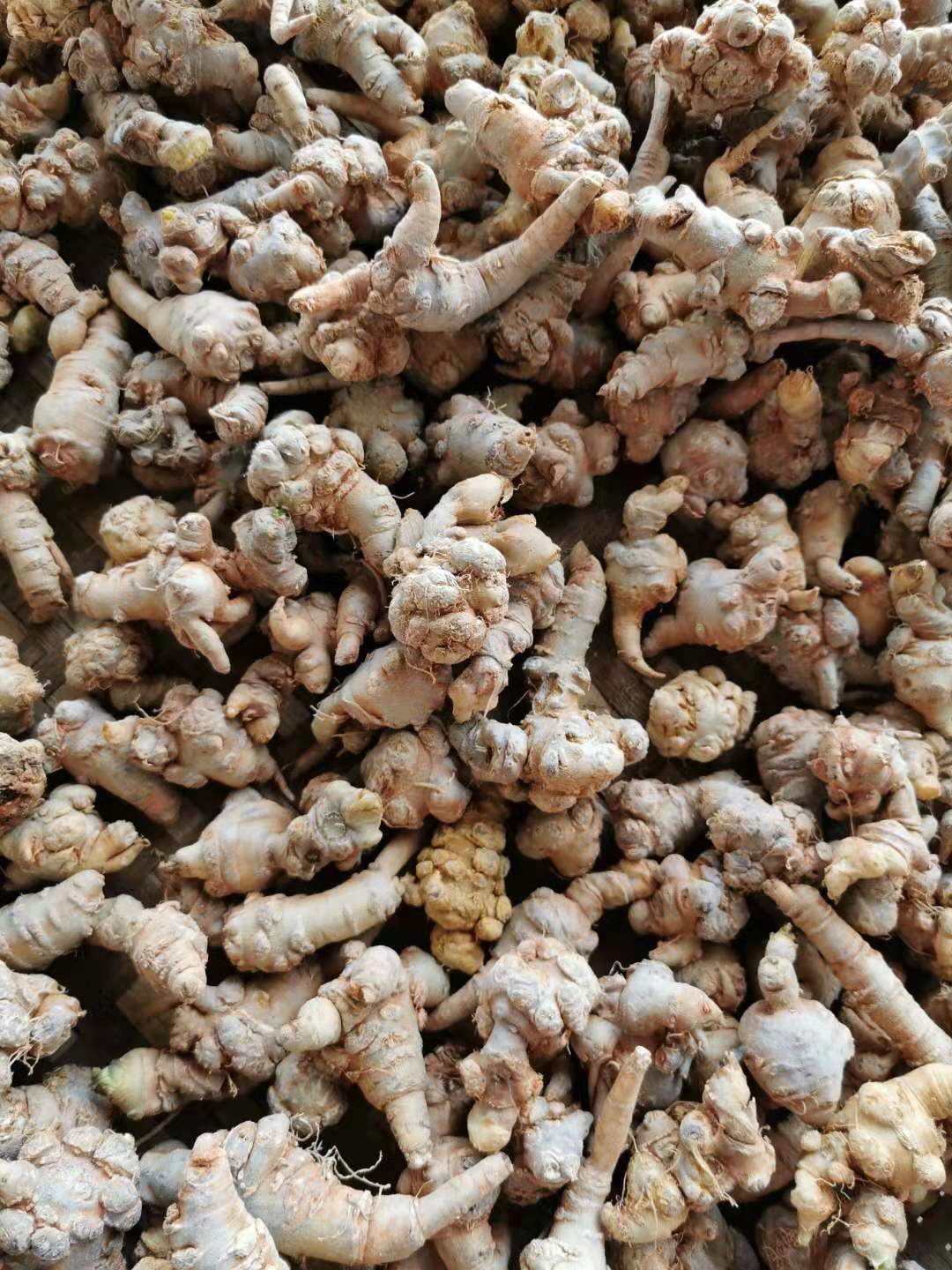Notoginseng on:
[Wikipedia]
[Google]
[Amazon]
 ''Panax notoginseng'' is a
''Panax notoginseng'' is a
 ''Panax notoginseng'' is a
''Panax notoginseng'' is a species
In biology, a species is the basic unit of classification and a taxonomic rank of an organism, as well as a unit of biodiversity. A species is often defined as the largest group of organisms in which any two individuals of the appropriate s ...
of the genus ''Panax
The ''Panax'' (ginseng) genus belongs to the ''Araliaceae'' (ivy) family. ''Panax'' species are characterized by the presence of ginsenosides and gintonin. ''Panax'' is one of approximately 60 plant genera with a classical disjunct east Asian and ...
'', and it is commonly referred to in English as Chinese ginseng
* or notoginseng. In Chinese it is called ''tiánqī'' (), tienchi ginseng, ''sānqī'' () or ''sanchi'', three-seven root, and mountain plant. ''P. notoginseng'' belongs to the same scientific genus as ''Panax ginseng
''Panax ginseng'', ginseng, also known as Asian ginseng, Chinese ginseng, or Korean ginseng, is a species of plant whose root is the original source of ginseng. It is a perennial plant that grows in the mountains of East Asia. Names
''Panax gi ...
''. In Latin, the word ''panax'' means "cure-all", and the family of ginseng
Ginseng () is the root of plants in the genus ''Panax'', such as Korean ginseng ('' P. ginseng''), South China ginseng ('' P. notoginseng''), and American ginseng ('' P. quinquefolius''), typically characterized by the presence of ginsenosides an ...
plants is one of the best-known herbs.
''P. notoginseng'' grows naturally in China
China, officially the People's Republic of China (PRC), is a country in East Asia. It is the world's most populous country, with a population exceeding 1.4 billion, slightly ahead of India. China spans the equivalent of five time zones and ...
. The herb is a perennial with dark green leaves branching from a stem with a red cluster of berries in the middle. It is both cultivated and gathered from wild forests, with wild plants being the most valuable. The Chinese refer to it as three-seven root because the plant has three petioles with seven leaflets each. It is also said that the root should be harvested between three and seven years after planting it.
Chinese medicine
Intraditional Chinese medicine
Traditional Chinese medicine (TCM) is an alternative medical practice drawn from traditional medicine in China. It has been described as "fraught with pseudoscience", with the majority of its treatments having no logical mechanism of action ...
, ''P. notoginseng'' is classified as warm in nature. The taste is sweet and slightly bitter. A decoction
Decoction is a method of extraction by boiling herbal or plant material (which may include stems, roots, bark and rhizomes) to dissolve the chemicals of the material. It is the most common preparation method in various herbal-medicine systems. De ...
of 5-10 g is a typical dose. It can also be ground to a powder for swallowing directly or taken mixed with water. The dose in that case is usually 1-3 g.
Chemical components
''P. notoginseng'' containsdammarane
Dammarane is a tetracyclic triterpene found in sapogenins (forming triterpenoid saponins) like those of ginseng (ginsenosides: panaxatriol and protopanaxadiol). Compounds of the series were first isolated from and named after dammar resin, a natu ...
-type ginsenosides
Ginsenosides or panaxosides are a class of natural product steroid glycosides and triterpene saponins. Compounds in this family are found almost exclusively in the plant genus ''Panax'' (ginseng), which has a long history of use in traditional ...
as major constituents. Dammarane-type ginsenosides includes 2 classifications: the 20(S)-protopanaxadiol
Protopanaxadiol (PPD) is an organic compound characterizing a group of ginsenosides. It is a dammarane-type tetracyclic terpene sapogenin found in ginseng (''Panax ginseng'') and in notoginseng (''Panax pseudoginseng'').
Just what protopanaxadio ...
(ppd) and 20(S)-protopanaxatriol
Protopanaxatriol (PPT) is an organic compound characterizing a group of ginsenosides. It is a dammarane-type tetracyclic triterpene sapogenins found in ginseng (''Panax ginseng'') and in notoginseng (''Panax pseudoginseng'').
See also
* Panaxatr ...
(ppt) classifications. ''P. notoginseng'' contains high levels of Rb1, Rd (ppd classification) and Rg1 (ppt classification)ginsenosides. Rb1, Rd and Rg1 content of ''P. notoginseng'' is found to be higher than that of ''P. ginseng'' and ''P. quinquefolius'' in one study.
See also
* ''Panax pseudoginseng''References
{{Taxonbar, from=Q15551438 Panax, notoginseng Plants used in traditional Chinese medicine